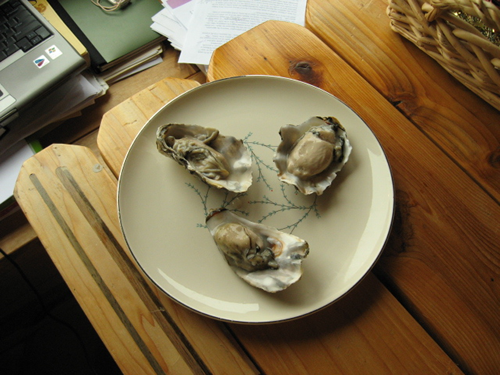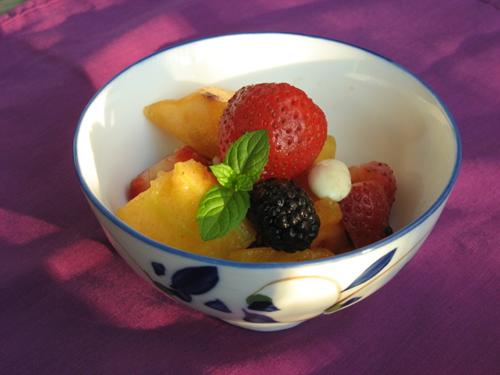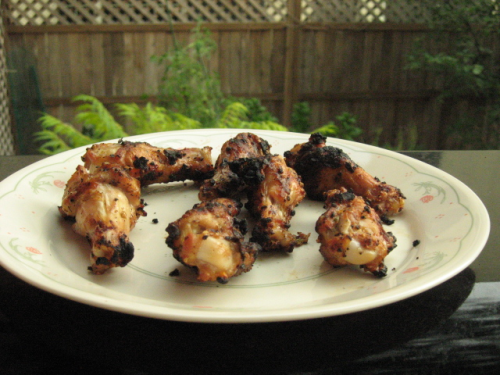
C. was my land-lady in Montreal during the summer of 2004, a.k.a. The Summer of Tears. She rented a room to me in her home in the Plateau, letting me know that although the third floor where I stayed only had a kitchenette, I was welcome to cook in the large kitchen on the first floor.
Every evening, I would wind my way down the steep metal staircase so common in the Plateau balancing a tray full of vegetables and my trusted Wusthof knife. C. was always there cooking dinner for her family and boarders, and we would chat as we chopped vegetables and maneuvered our way past one another as we took turns at the sink and the stove.
I taught C. that pizza isn’t out of reach for the home cook, that pasta doesn’t have to come drowned in tomato sauce, and some of the infinite wonders of the Sri Lankan kitchen. C. taught me about the food of Taiwan, that a properly seasoned wok is non-stick, and that fresh tofu is miles away from the stuff in plastic packages in the grocery store.
Eventually, two meals became one. I broke up with my boyfriend that summer, and was too sad to be by myself for very long. C. invited me to her family meals. I would cook a vegetable or two, and help with prep and clean-up. We would talk late into the night each night, discussing love, life, and the state of being rootless in a very large world.
C. is like the elder sister I never had, or a very young aunt; a link between my generation and my parents’, with one foot in Asia and another in North America. Ours is perhaps an unlikely friendship, but more evidence that the best friendships emerge from shared meals, cooked together in close proximity.
C. has just bought Naomi Duguid and Jeffrey Alford’s latest cookbook, and she was much taken with the Thai marinade of cilantro root, garlic, and pepper, all moistened with a substantial amount of fish sauce. C. discovered that the green coriander seeds on that enormous cilantro plant in your garden are a great substitute for the cilantro root, and don’t require you to uproot the whole plant.

This pungent, spicy marinade goes with chicken or whole sea bass. Smash the coriander seeds first in a mortar and pestle, add the garlic next, and last the pepper, so that peppercorns don’t fly out of the mortar on contact with the pestle. Breathe in and pretend that you are on the streets of Northern Thailand.
Or that you are in a homey kitchen in Plateau Montreal, catching up with an old friend.
Thai Marinade
2 heads green coriander seeds from the plant in the garden
3 large, fat cloves of garlic
1 tbsp black pepper
Enough fish sauce to moisten
Smash coriander seeds into a paste in a heavy mortar and pestle. Add garlic and smash. Add pepper. Work until paste is relatively smooth. Moisten with fish sauce.
Use marinade with chicken or fish. Grill.


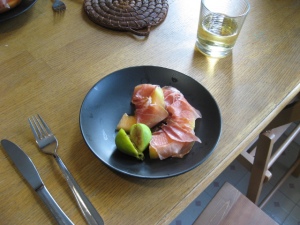
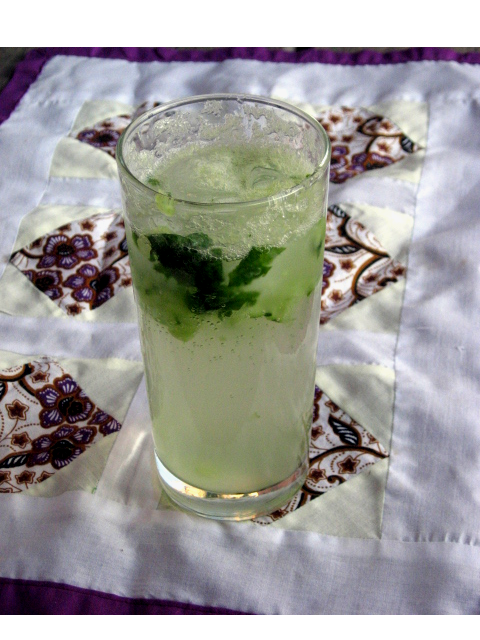 I’m back!
I’m back!


